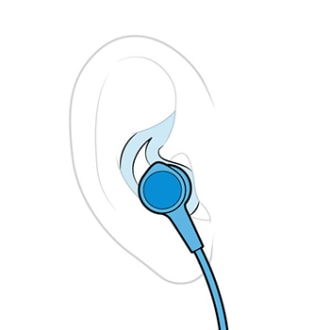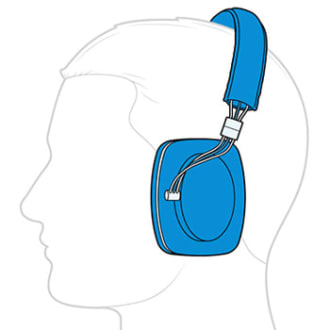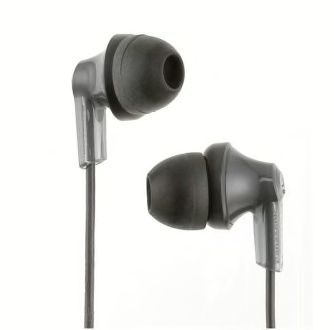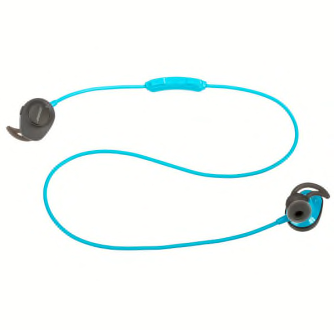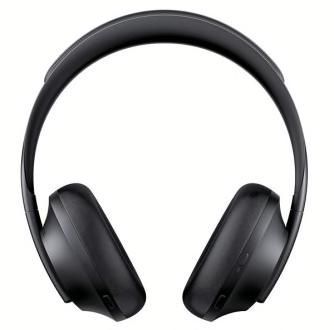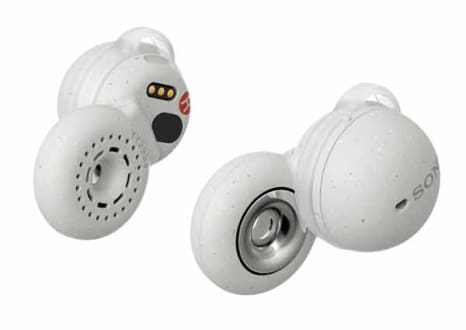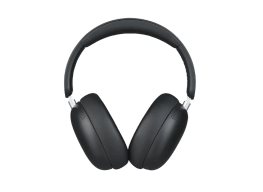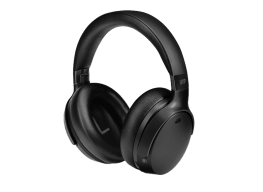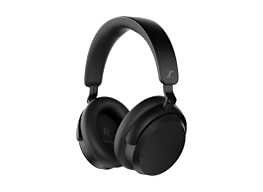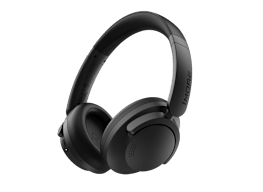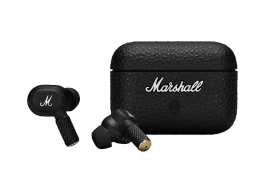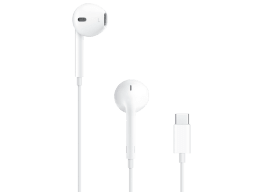Every year, CR tests dozens of headphones in our labs. A panel of trained audio technicians assesses each pair by listening to the same set of high-quality music recordings. These tracks were selected to highlight different parts of the audio spectrum—think of a more specific version of bass, midrange, and treble. Other tracks are used to test different kinds of sounds, such as the spatial ambience of the room the music was recorded in, the delicate nuances of the human voice, and audio passages crowded with tons of different instruments.
We use the same songs to compare the model we’re testing with a standard set of reference headphones that represent different levels of audio quality, a range of Excellent to Poor in our ratings. That gives us a clear, consistent picture of how each headphone measures up.
Personal preferences will influence your feelings about what makes for great audio quality. For example, some listeners want the guttural hit of a loud bass note above all else, while others prefer a more clinical sound that lets you pick out all the fine details. At CR we privilege “accuracy” in audio products, or how well the headphones reproduce the sound of an original recording. In other words, the better a pair of headphones rates in our tests, the closer it’s going to get you to what the producers created in the studio, with the fewest distortions and sonic quirks.

















